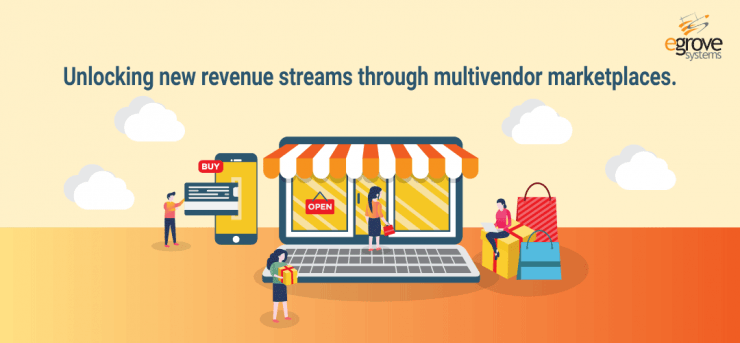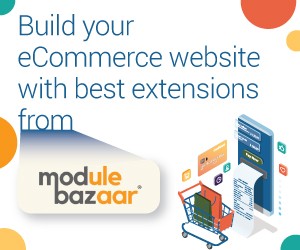Multi-vendor marketplaces play an important role in the eCommerce ecosystem, but earning revenue from them can be much more complicated than it seems. Applying a one-size-fits-all model and rushing to monetize vendors is shortsighted and can harm the growth of the marketplace. It’s best to consider the many ways that you can use to unlock the new revenue streams that come from operating a marketplace.
Multi-vendor marketplaces play an important role in the eCommerce ecosystem, but earning revenue from them can be much more complicated than it seems. Applying a one-size-fits-all model and rushing to monetize vendors is shortsighted and can harm the growth of the marketplace. It’s best to consider the many ways that you can use to unlock the new revenue streams that come from operating a marketplace.
Charge for sign-ups
A straightforward revenue stream is a sign-up fee for vendors who want access to the platform. A single-time startup fee is a source of revenue that is clear and easy to track. It may be attractive to vendors who want to gain access to your store and are willing to pay. If the concept for your marketplace is unique and it offers visibility to vendors, they will be eager to get their products listed and be willing to pay to sign up. The fee should be reasonable to appeal to as many as possible, though some marketplace owners might see it as a benefit if it discourages low-quality vendors from signing up.
Subscription model with recurring payment
A subscription fee for vendors is a steady revenue stream for a marketplace, and vendors will happily pay a monthly fee if they are getting much more value from being able to list their products with you than what they pay. Different subscription values depending on the vendor’s preference may help to attract a wider variety of sellers. For instance, smaller vendors may prefer a cheaper subscription with a limit on the number of products they can list. Starting with a free trial can demonstrate to vendors that the subscription is worth it.
Read Also: Convert Estore to PrestaShop Multivendor Marketplace with drop shipper module
Product listing fees
Product listing fees are another revenue stream that is effective since it scales with the size of the vendors you are hosting and makes it accessible to them. They can be a flat fee per item or a percentage of the price listed, taking payment for each product listed. It’s especially valuable to marketplaces that host vendors who create or launch distinct products or one-of-a-kind items. However, it’s not profitable in the short-term or if new products launch less frequently. Multi-vendor marketplaces that use listing fees should do their best to outline the value that vendors are getting for their fees. There should also be a clear and transparent billing and payment system to show how they are charged for listing each product.
Selling fees
Selling fees charged to the vendor for every sale are one of the most popular revenue models for multi-vendor marketplaces. There are three main ways the fees are taken by the marketplace:
- Direct Payment, where the customers pay the vendors and the selling fees are billed to the vendor either immediately upon sales or aggregated at the end of a period, such as monthly.
- Aggregated payments, where all payments go to the marketplace platform and earnings are then distributed to vendors with the selling fee deducted.
- Split or parallel payments, where the payment processor divides each transaction between the vendor and the marketplace when the customer pays.
The biggest advantage of this revenue model is that you can earn money on each sale and make significant money on high volume. This revenue model is ideal for supporting the business in the long run with a large number of vendors. The fees can be structured in different ways, most commonly with a fixed rate combined with a percentage of the product price, and you can set different rates depending on the level of the seller.
Payment processing
Since all transactions on a multi-vendor marketplace require payment processing to transfer money between customers, vendors, and the platform, handling the transaction fees themselves is a way to earn an additional percentage of every selling fee, listing fee, subscription, and more. Payment processing is a technical challenge to set up, but it can maximize the revenue earned in high-volume stores.
Owners of a marketplace eCommerce platform should evaluate what stage their store is in and where they intend to go when planning their revenue sources. They need to stay attractive and accessible to both new and existing vendors, which can be achieved through different tiers of service. A business model that encourages early growth but also has a clear plan to earn revenue at a larger scale is essential for entrepreneurs who want to set up their own marketplace platform.
















Add comment